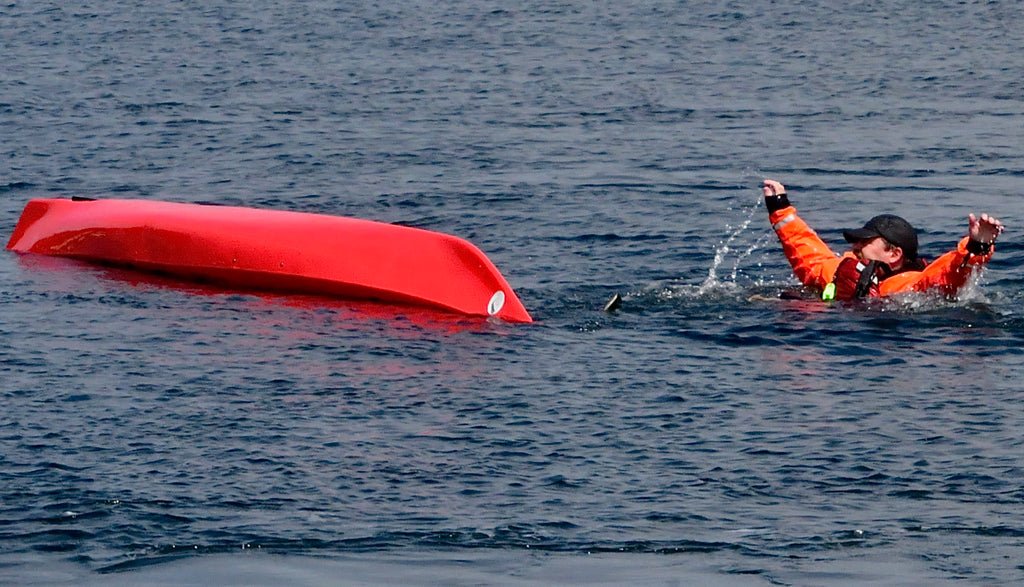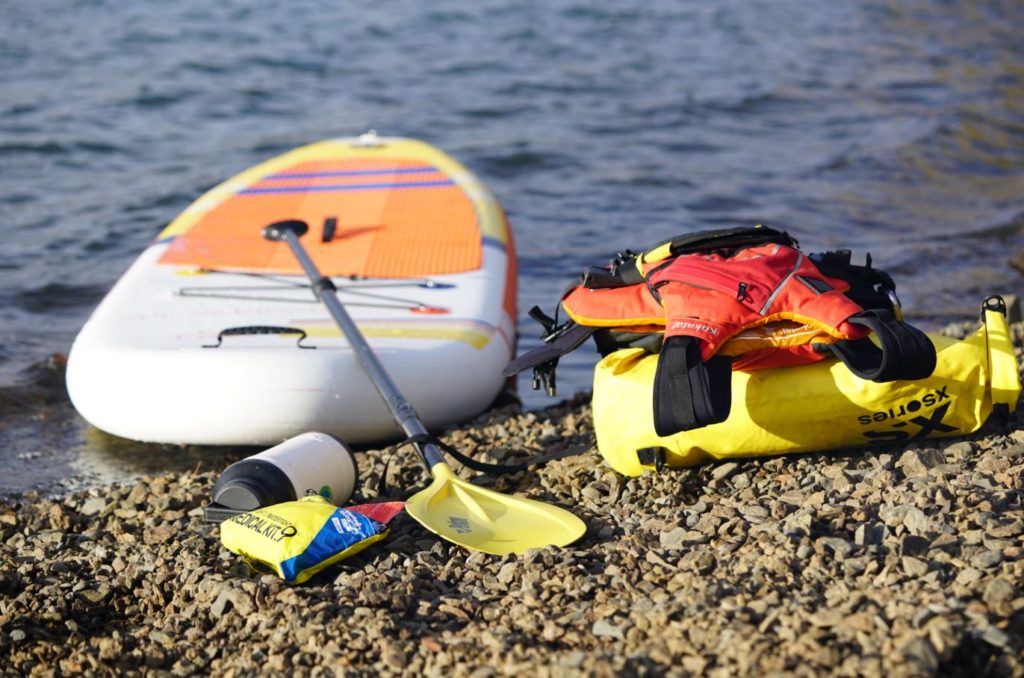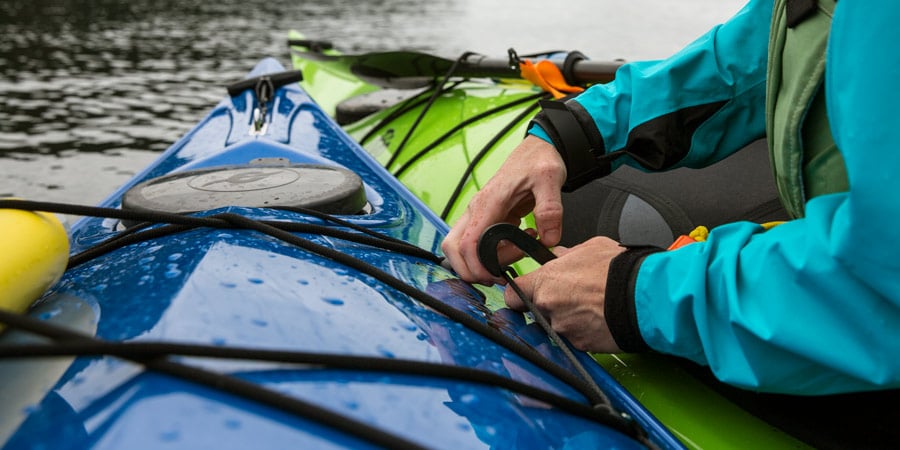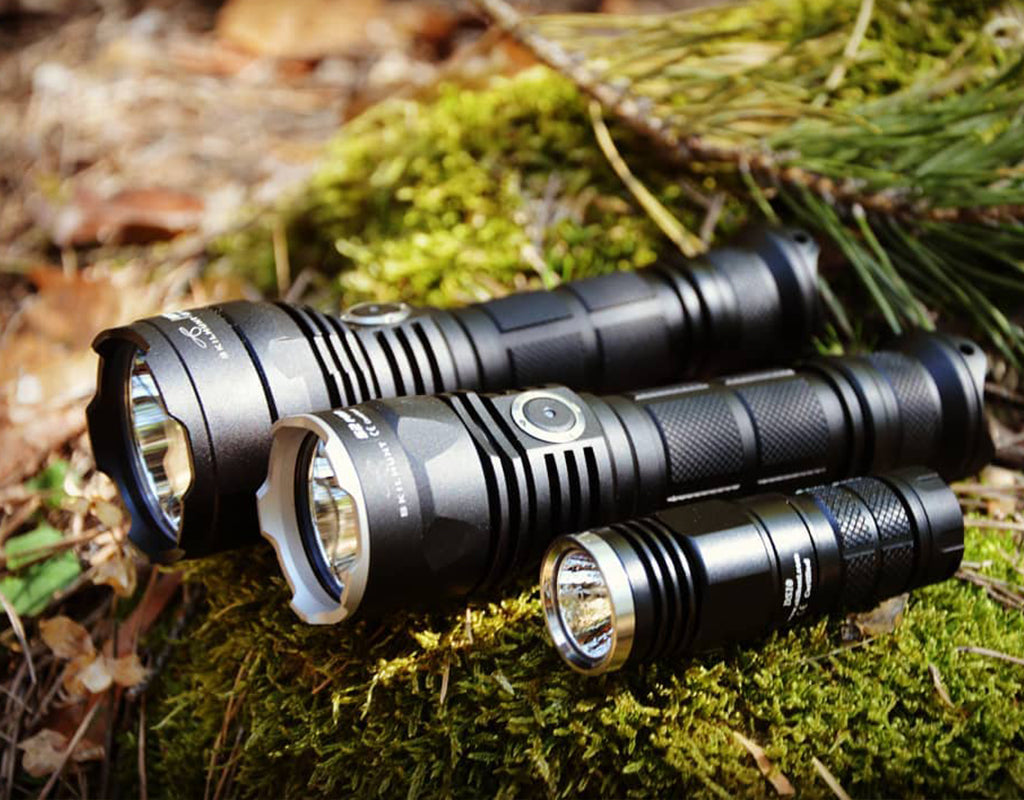A Checklist Before Paddling - Safety Tips for Water Paddling
Table of Contents
1.Know Your Limits
2.Safety Gear
3.Don’t Go Alone
4.Be Aware of the Weather
5.Swimming Basic
6.Learn How to Perform CPR
Water safety has to be a top priority for every paddler because of the high number of deaths that occur in aquatic sports every year. However, a protected trip could be established if those safety awareness and preparation are not be overlooked. Here is a list of safety tips that you must always keep in mind whenever you decide to go for a more enjoyable water-sports experience.

Bowing Before the Storm
Everyone has limits in sports as they set criterion for professional athletes to push the boundaries in competitions but also remind ordinary people not to break through the top and learn to stop.
Because you don’t want the sports training to hurt you though they are exhausting and painful sometimes. Therefore, put your skills to the test in a class to learn that how long you can withstand the exercise and how rough the conditions you can handle.
Safety Gear
Before leaving for your water activity, you must carefully check your equipment to ensure that they are in a good condition. To better help you prepare in advance, here is a checklist that you can go through every time you leave so that you do not miss out on anything.

Personal Flotation Device (PFD)
When you’re in a watercraft, a PFD (personal flotation device) is required by the law as a majority of boating deaths are due to drowning. It doesn’t matter how well you swim, there’s never a watercraft outing where you can be without the PFD.
However, a life vest doesn’t mean it will save your life for sure because only by wearing the personal flotation device correctly can it really play its role. The trick here is to have the jacket fitted so you can breathe yet the jacket should not be able to be pulled up over your head. Let’s get more details from the following video.
Survival Whistle & Communication Device
A humble whistle as an essential piece of survival equipment can be a lifesaver, especially if you're lost in the wilderness and have lost contact with your team. The louder the whistle, the better the odds that rescuers will find you.

If you’ll ever be out of whistle range of someone on shore, you need another way to call for help. It is always recommended to keep your communication essentials in a dry bag for safety concerns that you may need in case of an emergency or you can even carry a VHF radio for easy communication if needed.
Spare Paddle
A spare paddle is almost as important as a life jacket. If you lose or break your only paddle, you will have no control over your boat and you will be at the mercy of the wind or current.

Towline
A towline is a basic piece of safety equipment. You can use tow lines to help tired or injured paddlers move with the group. When strong winds or currents make directional control difficult, towlines can help struggling paddlers stay on course.

Flashlight
If you find yourself in an emergency situation, whether it's a loss in wildness or maybe an accident happens, the first thing you'll usually fight over is a light source. Cell phone flashlights can come in handy for a short time, but neither the amount of light they emit nor the length of time they are used is sufficient to properly prepare for an emergency that lasts longer than a few hours, so having a good quality flashlight is essential.

Dress Accordingly
Human is homoiothermic animal. When you go for a water trip, it’s important to take hypothermia seriously. So you need to know the water temperature and dress accordingly. This means wearing bright clothes that can easily be seen when on the water with a lot of other boats. But far more importantly, it means you wear a wetsuit or drysuit when the water is cold. According to the U.S. Coast Guard's safety recommendations, if the water where you’re going will be below 70 degrees Fahrenheit, you need to wear a wetsuit or dry suit.
Helmet
It's important to wear a helmet because it keeps you safe. Helmets are statistically proven to indeed save lives and reduce the risk of head trauma that could otherwise cause serious economic impact and societal harm.
Wear a helmet no matter what level of rafting you do. Even if you don't drown, a violent collision between your head and granite in a rip current can permanently alter your brain function for the rest of your life.

Never Go Alone
It's always safe to have a partner with you when you're doing water sports. Even if you're a good swimmer, you never know when you need help. It's safer and more fun to have friends around! You should be within earshot (or whistle) of the other rower at all times. However, if you don't feel like taking anyone along, you should at least make your plans known. Tell a friend or someone you trust about your schedule; When are you leaving and when are you coming back? This will ensure that if something bad happens, someone can check on you!
Be Aware of the Weather
Weather will always have a big bearing on when going water sports and where you're paddling. Make sure you take into account any local hazards, such as tides, tricky currents, swelling, or other underwater hazards. If the sky is cloudy, you may want to wait for another time to get out so that inclement weather doesn't shorten your day that you planned.
Check the weather forecast and updates as you paddle (using a phone app or VHF radio). If you hear thunder, you know there's lightning nearby. When you're in the water, you're the highest point for a distance in any direction, making you a perfect lightning rod. When there is a thunderstorm nearby, the best thing to do is to get out of the water and wait for the storm to pass.
Swimming Basics
If you enjoy playing water sports, being a strong swimmer is a must. Weak swimmers should never attempt to participate in water sports alone and must enter the water safely. This is not something to be taken lightly, as about 10 people drown every day. Whether you're at a pool, lake, or beach, make sure you're taking proper water safety measures.
Rescue in Case of Emergency (CPR )
You never know when you're going to have an accident, especially when you're boating in open water. If you know how to do CPR, you can save people in an emergency. It's the most direct treatment that can save lives. Therefore, if you are doing water sports, you must know how to perform CPR and get people out of the water if something terrible happens.
Conclusion
Water activities are a great way to stay cool and spend quality time with friends or family. But even paddlers with years of experience can make costly mistakes. Simply follow these safety tips for water sports and teach your family, especially kids, how to manage an enjoyable and safe trip. These steps may seem trivial, but they can really save you a lot of trouble!











Leave a comment